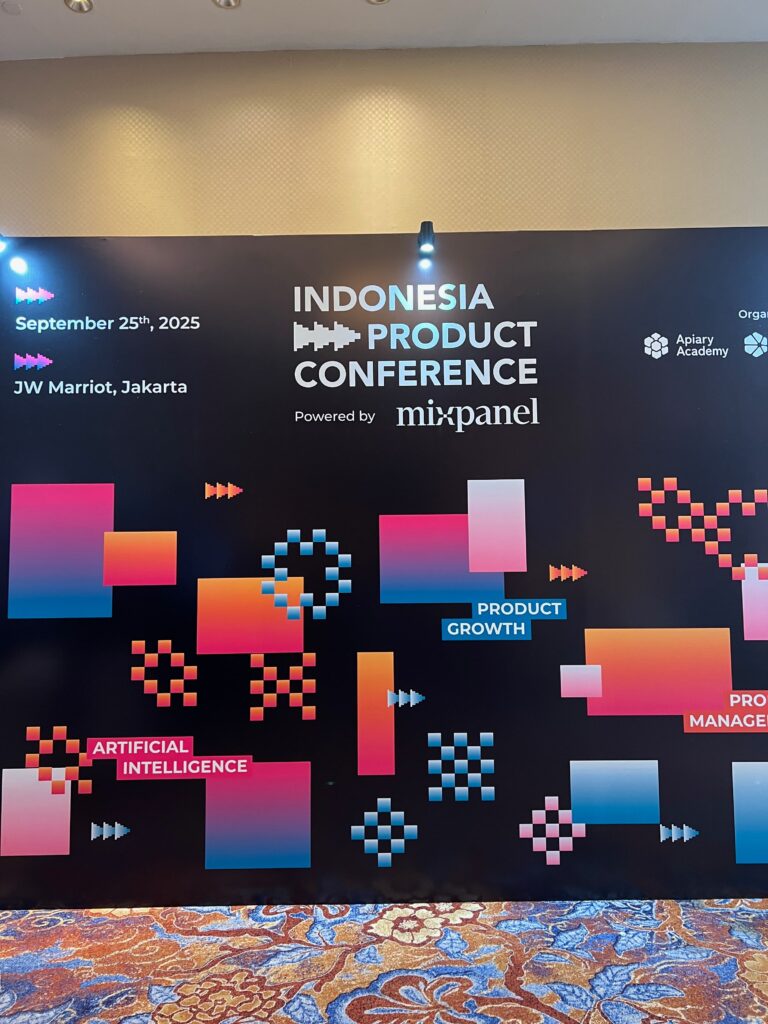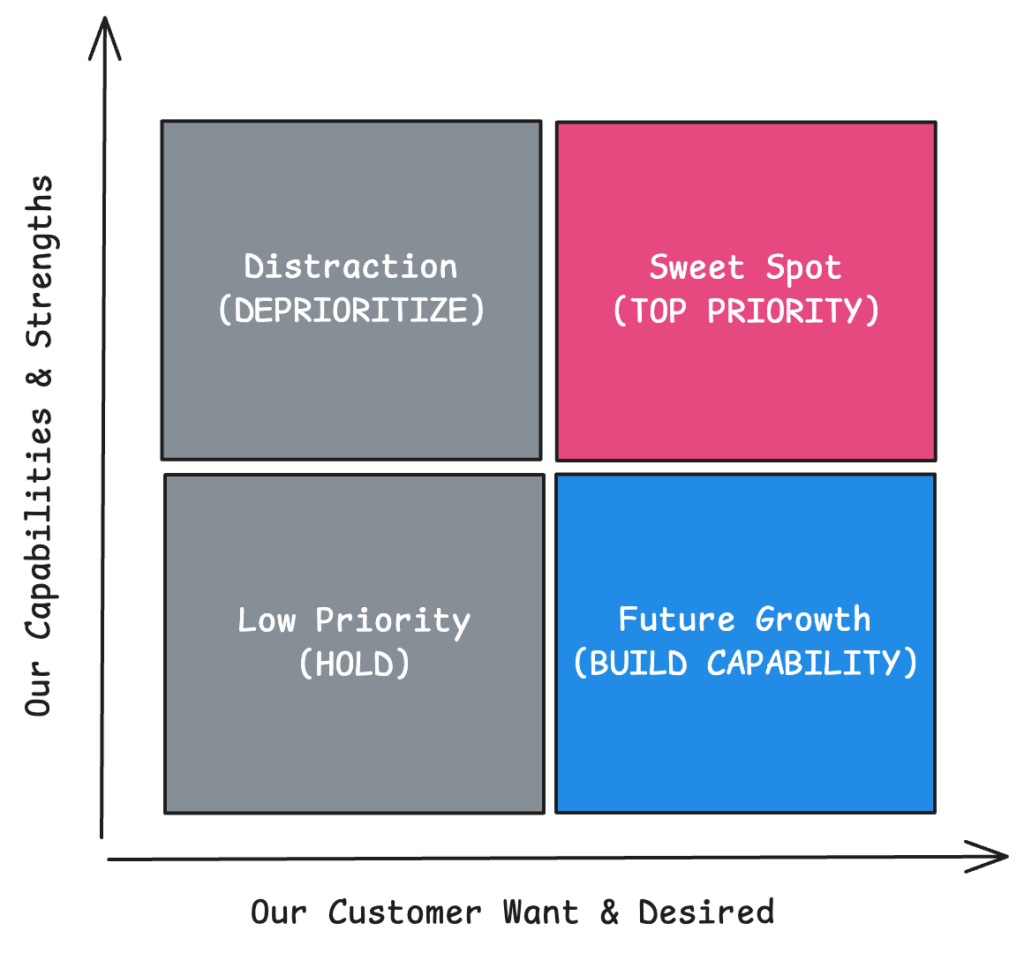
It was great to be back in the buzz of a proper tech conference last week. I headed over to the Indonesia Product Conference 2025, an event Apiary has been running for a while now, and it’s clear they keep leveling up. It feels like forever since we’ve had these big, in-person gatherings post-COVID, so the energy was palpable.
Unsurprisingly, the theme this year was AI. But what I found fascinating was the undercurrent beneath the massive GenAI wave. While the conference was certainly riding the hype, most of the speakers on the Growth/Main Stage were actually focused on the practical, real-world applications of “traditional” AI—like machine learning for recommendation systems—rather than just the latest generative models.
It was a refreshing dose of reality, and I walked away with a few key takeaways that I think are crucial for any product leader looking to adopt AI today.
1. AI as Augmentation, Not Replacement
A common thread ran through nearly every talk: AI is here to augment human capability, not replace it. This goes beyond simple automation, where a task is just handed off to a machine. We’re talking about a true partnership where AI supports, enhances, and amplifies human decision-making and operational efficiency.
This means we still need to master the fundamentals—from data gathering and cleansing to deriving real insights and foresights.

The CEO of MainStory, a startup focused on kid’s education and parenting, gave a perfect example of this. He explained that their AI isn’t there to replace human experts like parenting influencers or doctors. Instead, it’s used to supercharge their content audit and quality control process, making their human experts faster and more effective. He even shared some of their key success metrics for this approach:
- Improvement in audit speed (%)
- Reduction in cost per audit (%)
- Increase in accuracy (%)
It’s a smart, practical way to leverage AI to do what it does best: handle scale and repetition, freeing up humans to do what they do best: apply nuance and expertise.
2. Prioritize Wisely & Beware the Hype Cycle
Paul from ASTRA’s Group Digital Strategy delivered a much-needed dose of caution. He warned us to be wary of the hype, drawing a powerful parallel between the current GenAI frenzy and the multi-billion dollar fizzle of the metaverse.
His point was that a grand vision isn’t enough. The metaverse taught us that we have to stay grounded, focusing on real-world applications that solve actual problems for our customers. It’s about deeply understanding both our core strengths and our users’ needs.
He shared a simple but effective product prioritization framework for evaluating AI initiatives, emphasizing the need to chase tangible value. Think of Duolingo‘s AI features—they directly drive user growth and revenue, making the product stickier and more effective. That’s the goal. We need to ask ourselves: is this AI feature a “nice-to-have” novelty, or does it fundamentally improve our core value proposition?

3. Your Data Moat is Dug by Talking to Real Users
Anan from Grab shared a fantastic story that really drove this point home.
They noticed a pattern in the data: parents frequently ordering GrabExpress (their package delivery service) around school drop-off and pick-up times. The question was, why not just use GrabBike, their ride-hailing service?
It wasn’t until they actually spoke to these users that they got their answer. They discovered a feature of GrabExpress that GrabBike lacked: the driver has to take a photo as proof of delivery. For these parents, that photo wasn’t just a confirmation of a package dropped off; it was peace of mind—proof their child had arrived safely at school.
This is a golden reminder: data tells you the “what,” but only talking to your users tells you the “why.”
Once you understand that “why,” you can start building a real data moat—a deep understanding of your users’ unique behaviors and needs that your competitors can’t easily replicate. This, not just the raw data itself, becomes your true competitive advantage.